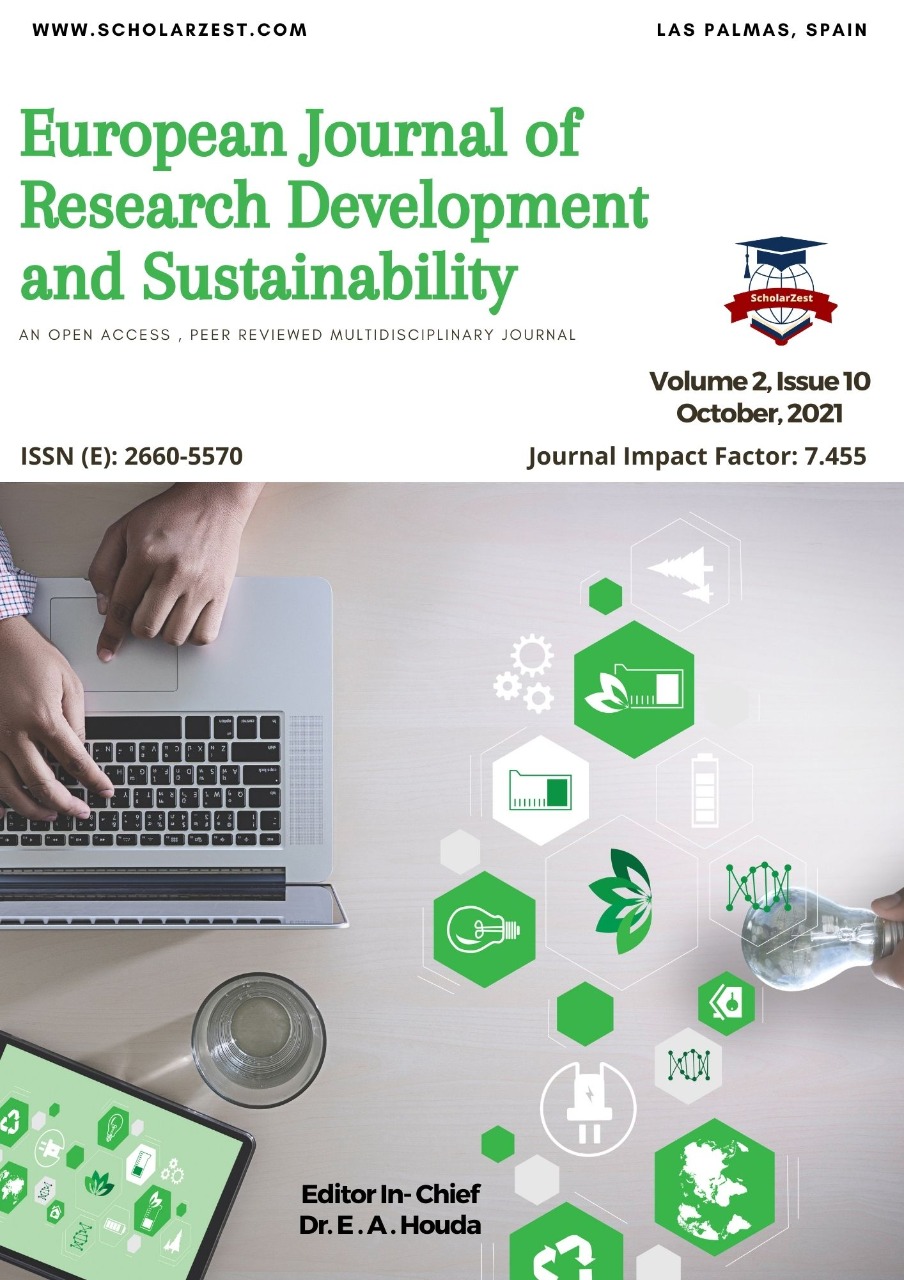STREPTOCOCCUS GROUP B IN FEMALE GENITAL TRACT AND IS IMPACT ON NEWBORNS
Keywords:
Group B Streptococcus, Pregnant Women, Newborn Deaths, InfectiongbsAbstract
Streptococcus agalactiae, GBS, or group B streptococcus, is a gram-positive Streptococcus found in the human vagina and rectum. On a woman's vaginal or rectal mucosa, GBS can replicate quickly, repeatedly, or continuously. Worldwide, There are 0.38 incidences of systemic invasive GBS per 1000 pregnant women, with a death rate of 0.2%. GBS affects around 13,604 Chinese people each year, with 1141 GBS-related newborn deaths occurring each year. When a pregnant woman transmits GBS to her unborn child, the baby is at risk of developing the disease at an early or late stage. This makes GBS a prevalent cause of neonatal infection and death. Pregnant women between 36 and 37 weeks gestational age should be screened for GBS, and those with positive results should be treated with intrapartum antibiotic prophylaxis (IAP). This recommendation was made by the American College of Obstetricians and Gynecologists in 2019. The GBS virus infects around 21 million pregnant women every year, and it is also responsible for 35% of neonatal fatalities. This means that identifying GBS infections throughout pregnancy and after birth is critical.
Downloads
Published
Issue
Section
License

This work is licensed under a Creative Commons Attribution-NonCommercial-NoDerivatives 4.0 International License.


